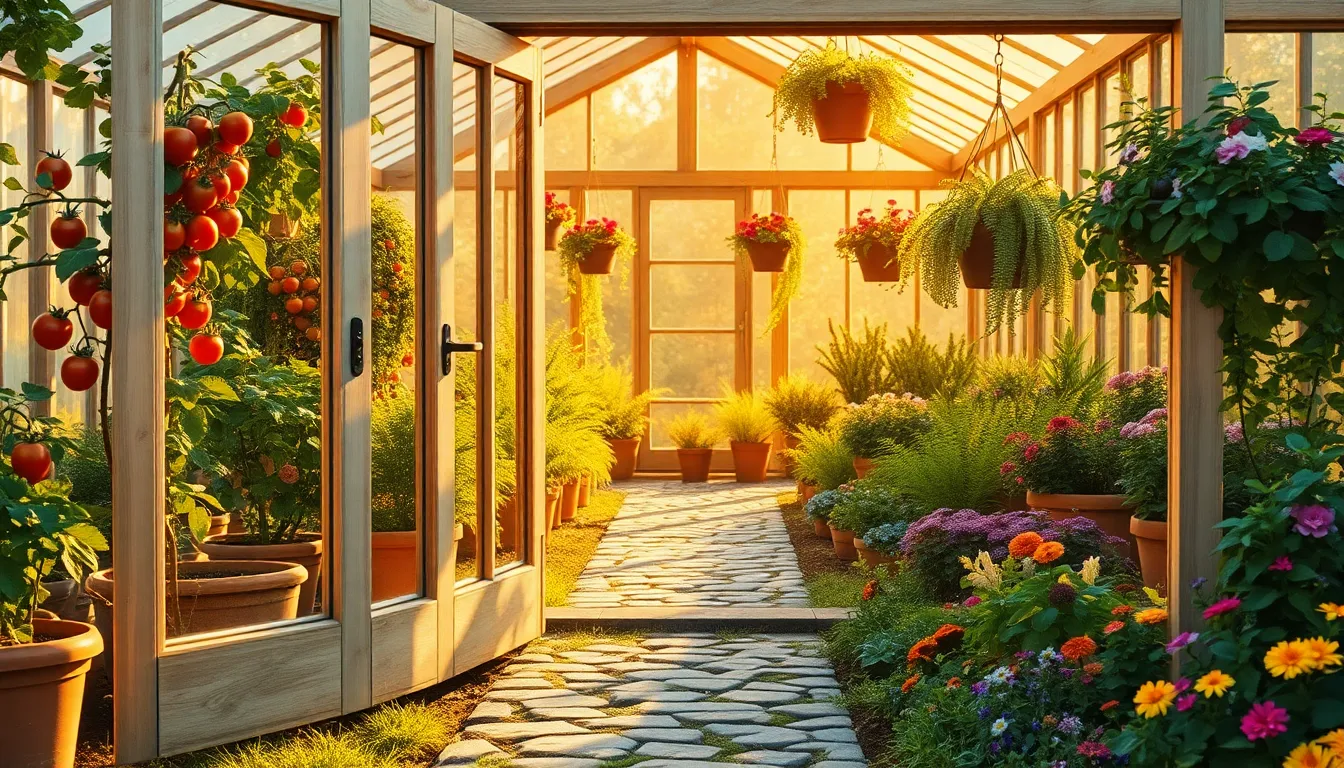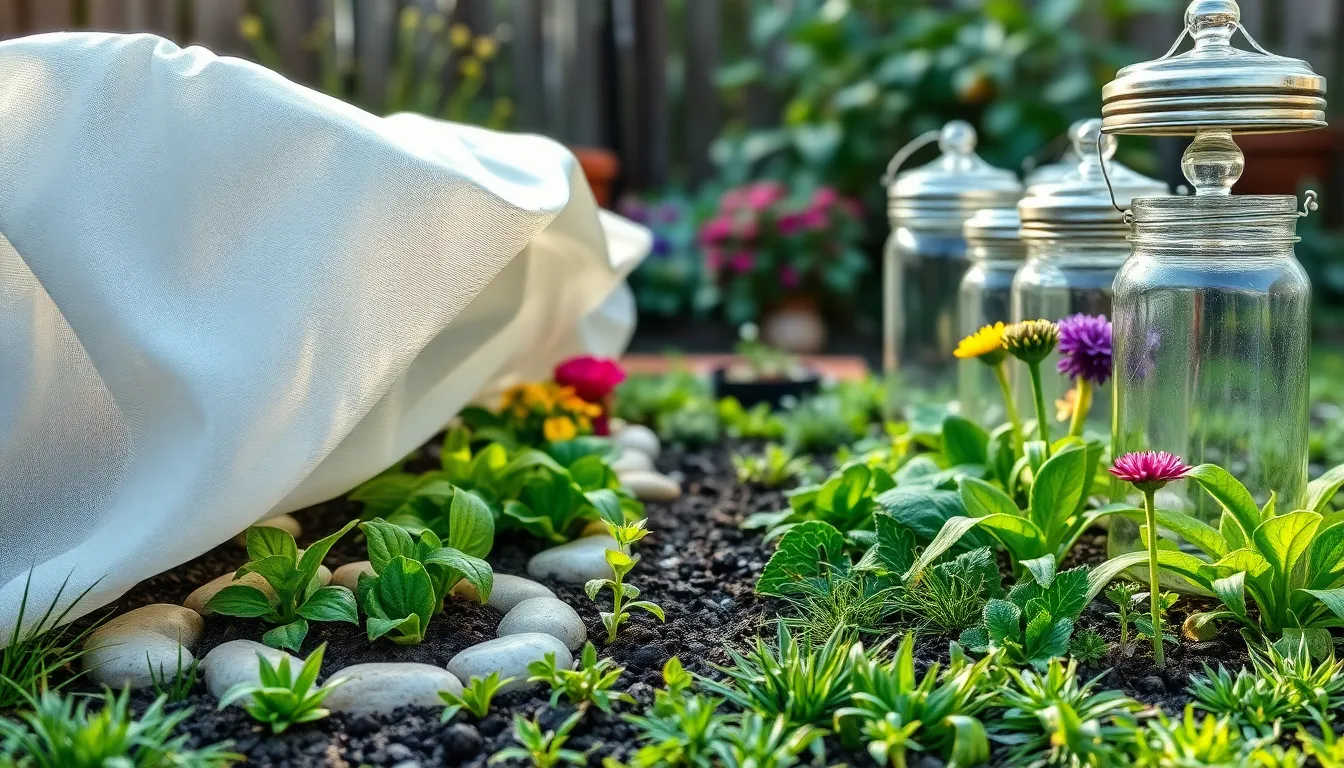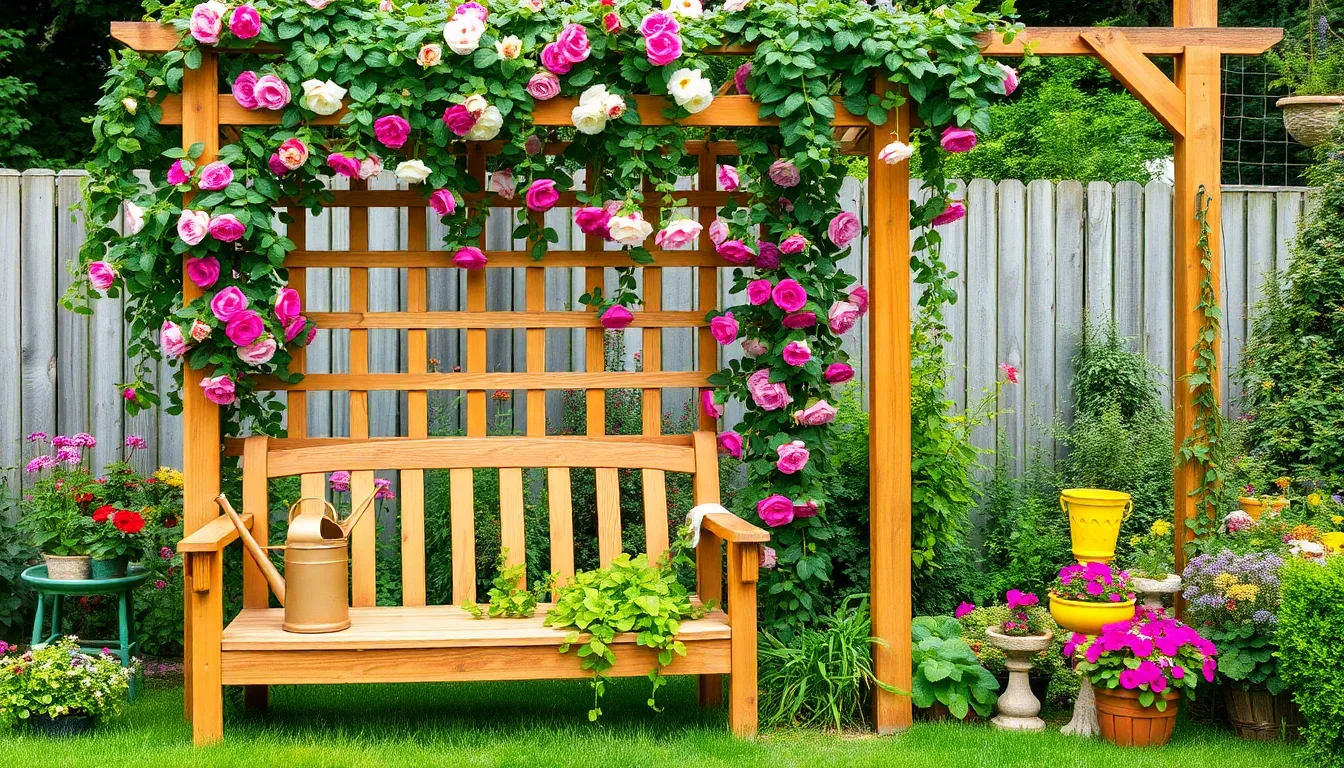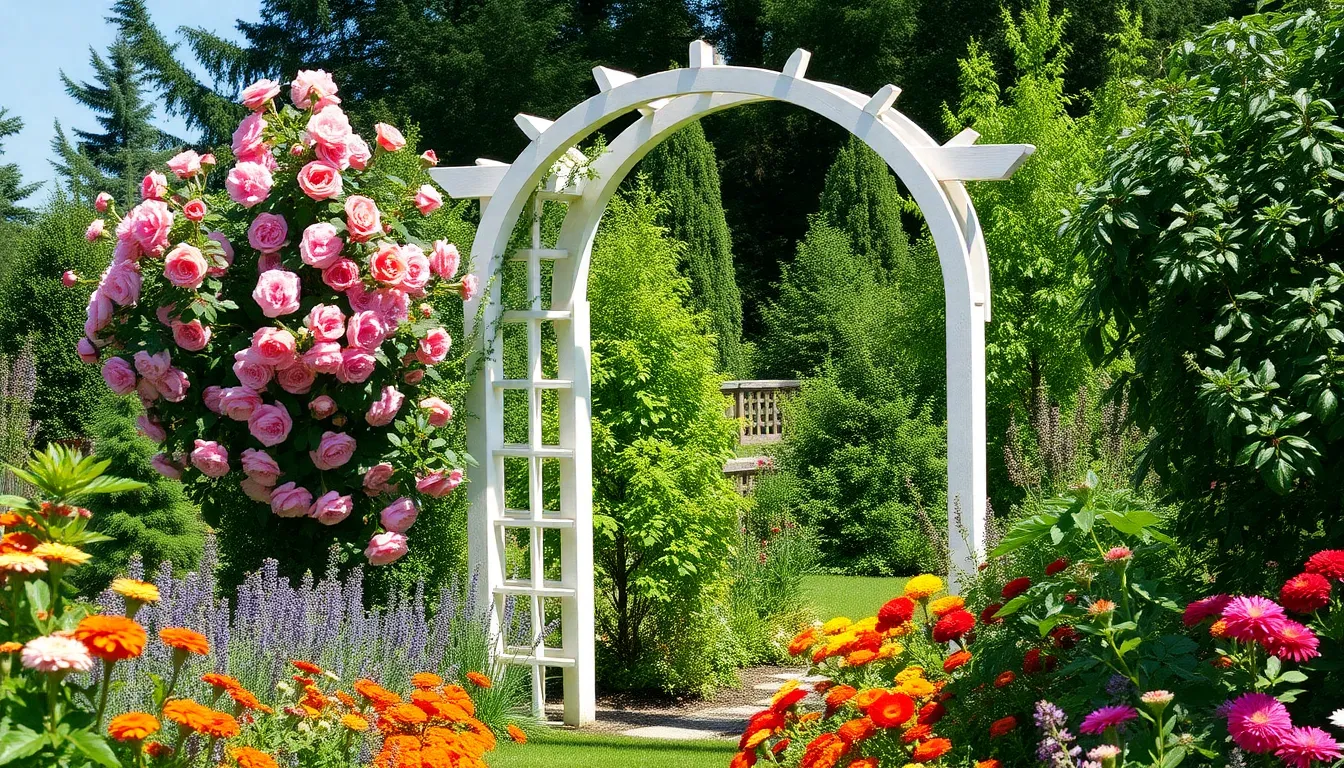Imagine stepping into a lush, verdant haven right in your backyard, where the air is always just right and the plants thrive no matter the season. Building a greenhouse is more than just an addition to your garden; it’s an entrance to a year-round sanctuary for your beloved plants, giving you the power to nurture seedlings in the spring, grow exotic species, or extend the harvest of your favorite vegetables well into the winter months. Whether you’re a gardening novice ready to embark on your first greenhouse adventure, or a seasoned horticulturist looking to expand your garden’s potential, this guide will illuminate every step of the journey for you.
Understanding the essential components of a greenhouse is crucial to making the most of this versatile garden structure. From selecting the right location to choosing materials that suit your climate and budget, each decision shapes your greenhouse’s success. In this guide, you’ll discover how to design a space that harmonizes with your garden while meeting the specific needs of the plants you cherish. We’ll delve into the practicalities of construction and maintenance, ensuring that your greenhouse not only stands the test of time but also becomes a cherished part of your gardening routine.
This guide also promises to demystify the process, breaking it down into manageable, actionable steps that will empower you to create a greenhouse tailored to your gardening dreams. You’ll learn about innovative ways to maximize space, the best practices for maintaining an optimal growing environment, and how to troubleshoot common challenges. By the end of this journey, you’ll not only have a deeper understanding of greenhouse gardening but also the confidence to cultivate your own thriving oasis. Let’s embark on this exciting venture together, transforming your gardening aspirations into a flourishing reality.
Select an Ideal Greenhouse Site
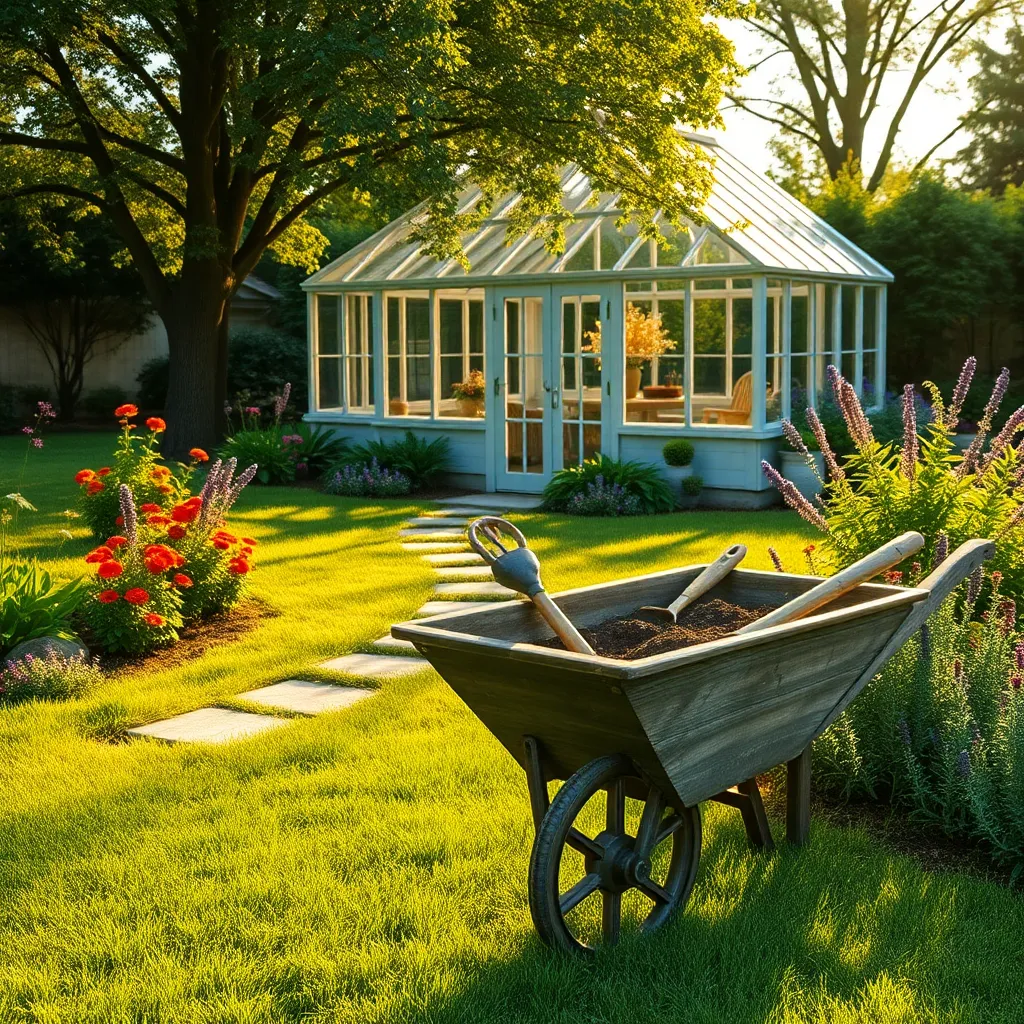
Choosing the right location for your greenhouse is crucial to its success. Aim for a site that receives at least six hours of direct sunlight daily, ideally facing south or southeast to maximize exposure.
Consider the proximity to utilities such as water and electricity, which are essential for maintaining optimal growing conditions. Ensuring easy access to these resources will make daily maintenance tasks, like watering and heating, much more convenient.
Look for a spot with good drainage to prevent waterlogging, which can damage plant roots and lead to poor growth. You might need to elevate the greenhouse site slightly or install drainage systems if the area is prone to water accumulation.
For those in windy regions, think about installing windbreaks, such as hedges or fences, to protect your greenhouse from strong gusts that could cause structural damage. Additionally, using heavier, more durable materials for construction can provide extra stability against adverse weather conditions.
Gather Necessary Building Materials
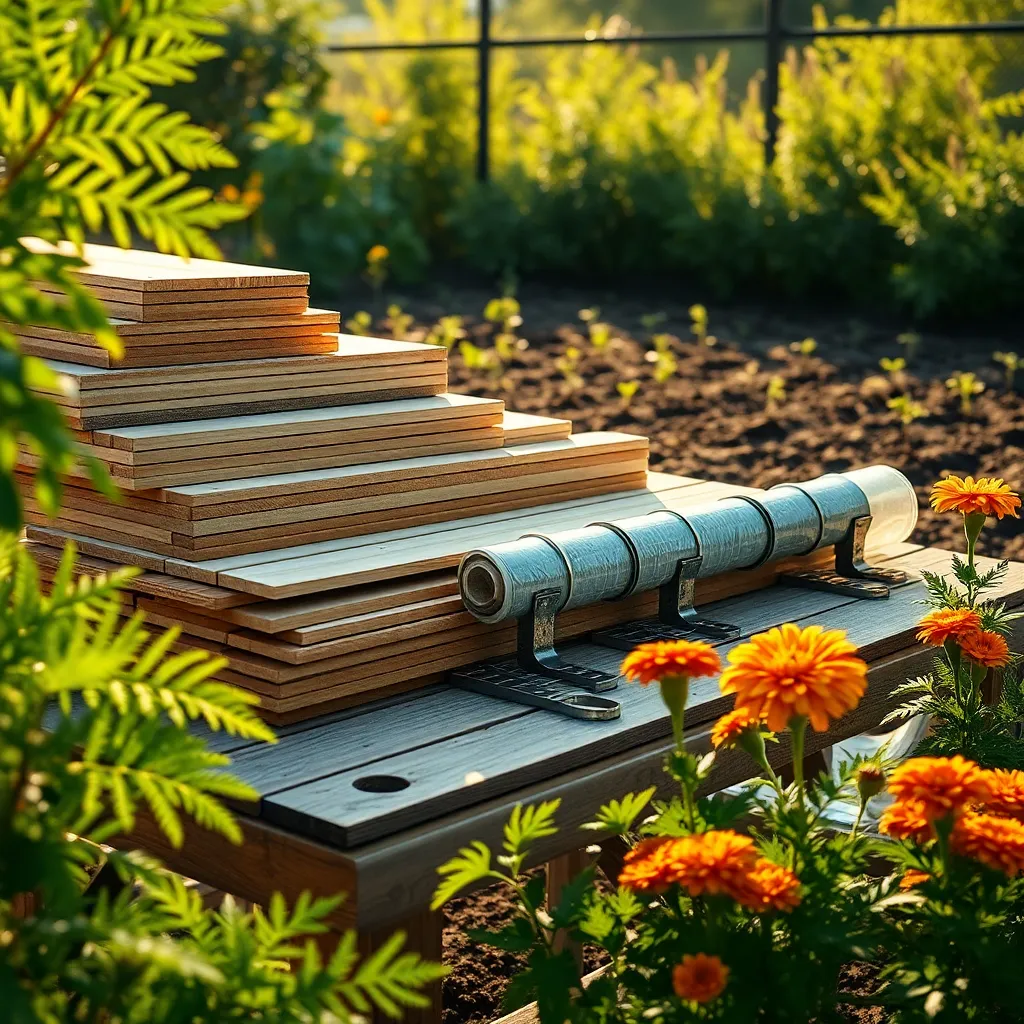
Before you start building your greenhouse, it’s crucial to gather all the necessary materials. Having everything on hand will ensure a smooth construction process, allowing you to focus on creating the perfect environment for your plants.
Firstly, you’ll need a solid foundation, which can be made from pressure-treated wood or concrete blocks. A stable foundation not only supports the structure but also helps in insulating the greenhouse, maintaining optimal temperatures for plant growth.
Next, consider the framework, which can be constructed from materials like aluminum, wood, or galvanized steel. Aluminum is lightweight and rust-resistant, making it a popular choice for those who seek durability with minimal maintenance.
For the covering, choose materials like polycarbonate panels, glass, or polyethylene film. Polycarbonate panels offer good insulation and are shatter-resistant, providing an excellent balance between durability and light transmission for your plants.
Don’t forget to include essential elements like doors, vents, and shelving in your materials list. Proper ventilation is critical; installing adjustable vents will help regulate temperature and humidity, ensuring healthy plant growth.
Construct a Sturdy Foundation

Creating a sturdy foundation for your greenhouse is essential to ensure its longevity and effectiveness. Start by selecting a level area in your garden that receives ample sunlight, as this will provide the best growing conditions for your plants.
It’s important to choose the right materials for your greenhouse foundation. Common options include concrete slabs, pressure-treated wood, or gravel, each offering different benefits and installation requirements.
Concrete slabs provide a durable, permanent base but require more preparation and cost. Alternatively, using pressure-treated wood can be a more flexible option and easier for beginners to handle.
Once you’ve decided on the material, ensure the foundation is properly measured and installed to prevent any structural issues. Use a level to make sure the surface is even, which is crucial for maintaining the stability of the greenhouse frame.
For those living in areas with heavy rainfall, adding a gravel layer beneath the foundation can enhance drainage. This helps prevent water accumulation, protecting both the structure and your plants from potential water damage.
Remember, a well-built foundation supports not only the structure but also the health of your plants. By investing time in constructing a robust base, you’ll create an optimal environment for nurturing a thriving garden year-round.
Assemble Greenhouse Frame Carefully
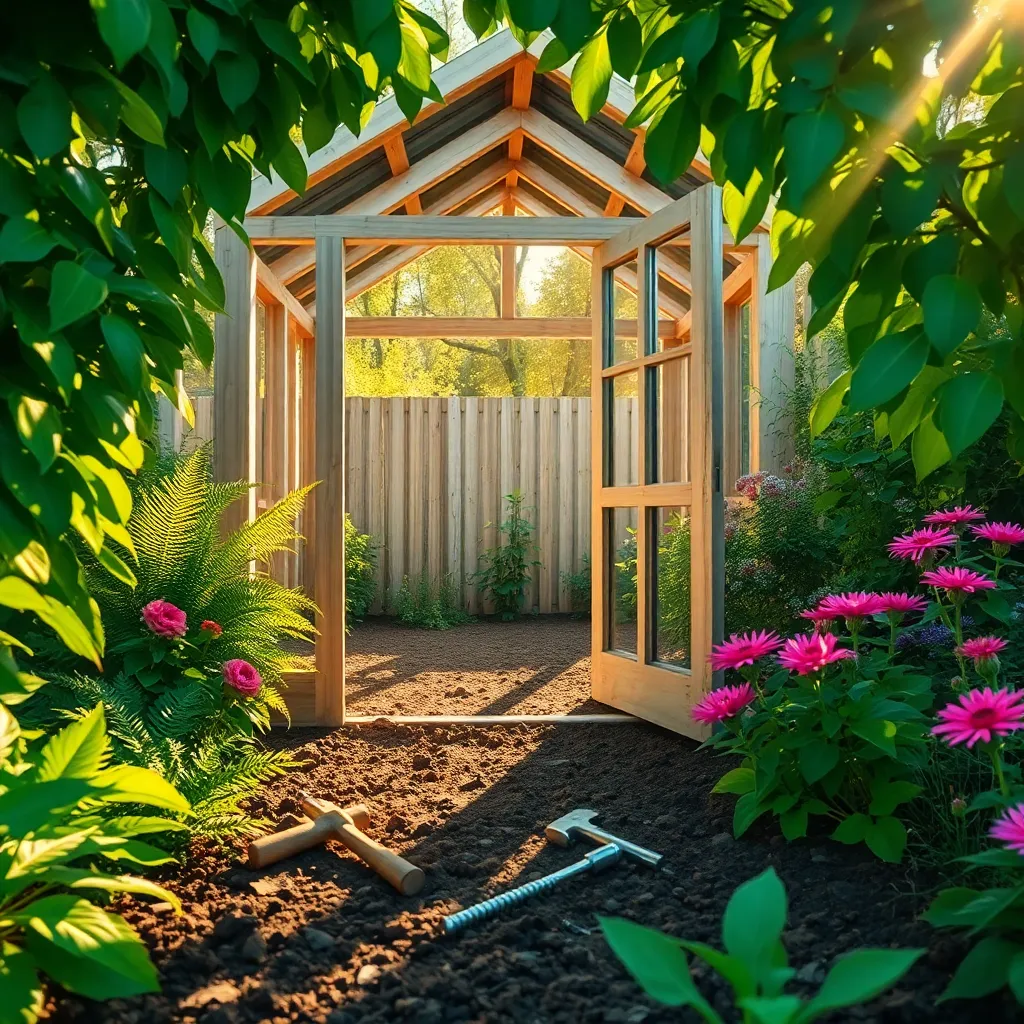
Once your foundation is ready, it’s time to carefully assemble the greenhouse frame. Ensure you have all your tools and components organized before you begin, as this will streamline the process.
Start by laying out the base frame sections, checking that each piece aligns correctly. Use a spirit level to confirm that each section is perfectly horizontal, which is crucial for the stability of the entire structure.
As you assemble the vertical supports, double-check that they are firmly secured into the base. This step is vital to withstand strong winds and provide a solid structure for your plants.
Installing the roof can be a bit challenging, so it might be helpful to have an extra set of hands. Ensure that the roof panels are fitted snugly to prevent any leaks, which could affect your plants’ growing conditions.
For added security, use bolts and brackets where possible, rather than relying solely on screws. This approach provides extra reinforcement and peace of mind, especially in areas prone to severe weather.
Once the frame is assembled, give it a thorough inspection, ensuring there are no loose components. A well-built frame will support a thriving greenhouse environment, allowing you to focus on selecting the right plants and optimizing growing conditions.
Install Proper Ventilation Systems
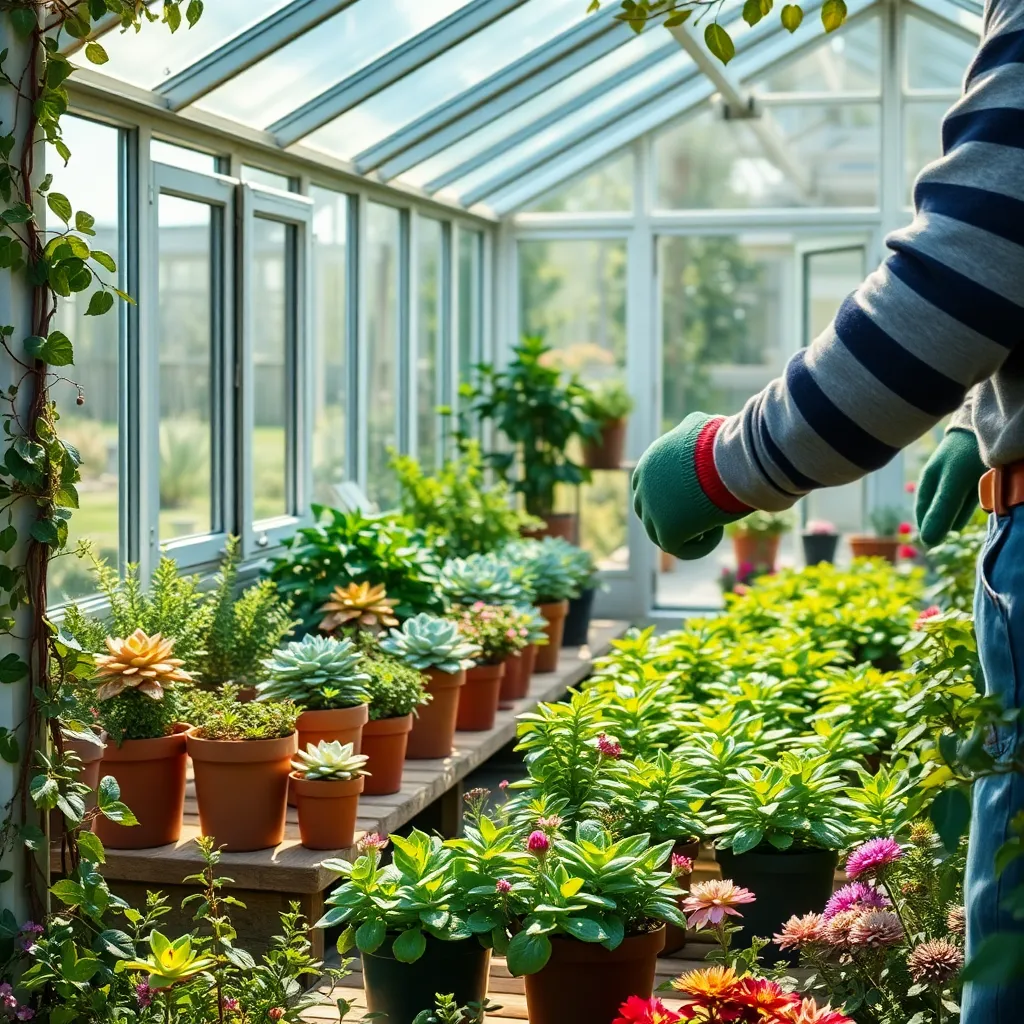
Ensuring proper ventilation in your greenhouse is crucial for maintaining a healthy growing environment. Ventilation helps regulate temperature and humidity, preventing issues like mold and mildew that can damage your plants.
Consider installing both passive and active ventilation systems to achieve optimal air circulation. Passive systems, such as roof vents and louvered side windows, allow hot air to escape naturally, while active systems like exhaust fans provide consistent air movement.
For a basic setup, start by installing automatic roof vents that open and close based on temperature changes. This simple yet effective solution helps maintain a stable climate without requiring constant manual adjustments.
Advanced gardeners might opt for integrating a climate control system that automates fans and vents based on specific weather conditions. Such systems can be programmed to adjust ventilation according to the needs of different plant species, ensuring each one thrives.
Conclusion: Growing Success with These Plants
In our journey through the ‘Guide to Build a Greenhouse’, we’ve explored five pivotal relationship concepts: nurturing growth through open communication, cultivating trust like a sturdy foundation, weathering storms with resilience, sowing seeds of appreciation, and fostering a shared vision for the future. These principles are the cornerstones of any thriving relationship, akin to nurturing a flourishing greenhouse.
As an actionable next step, take a moment today to express genuine appreciation to your partner. A simple acknowledgment can reinforce your bond and set the stage for deeper connection.
Remember, relationships are dynamic ecosystems that thrive on continuous care and attention. Bookmark this article to revisit these essential concepts whenever you need guidance or inspiration.
Looking ahead, embrace the journey of relationship success with optimism and dedication. By continually applying these principles, you’ll create a nurturing environment where your relationship can truly blossom.
Let’s cultivate relationships that not only withstand the test of time but also grow more vibrant with each passing day. Save this guide as your go-to resource, and embark on the path to enduring relationship success!

